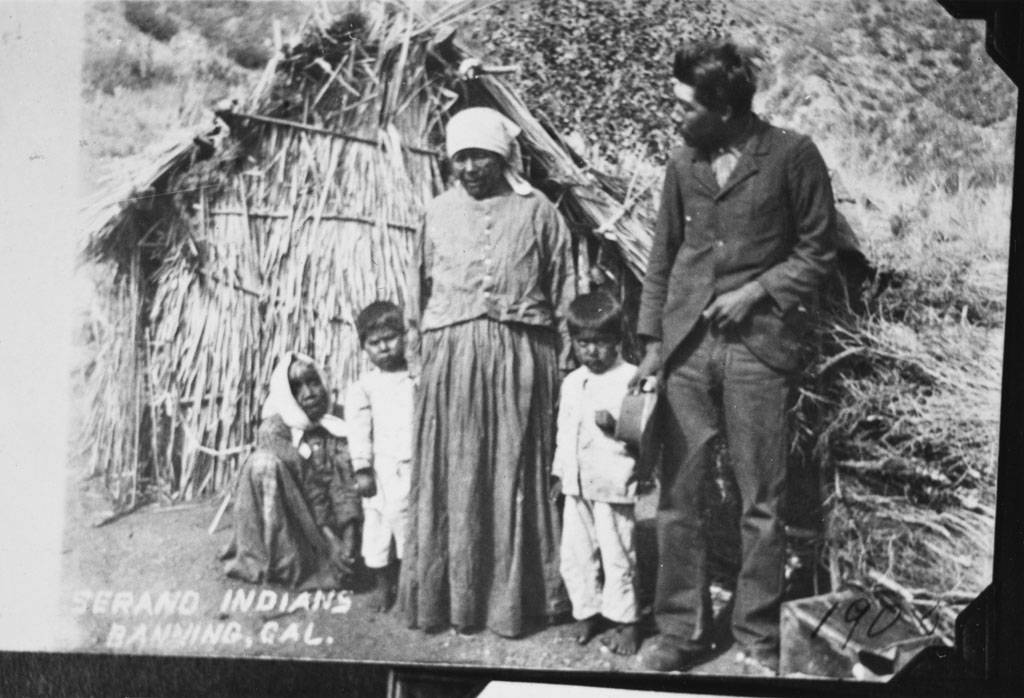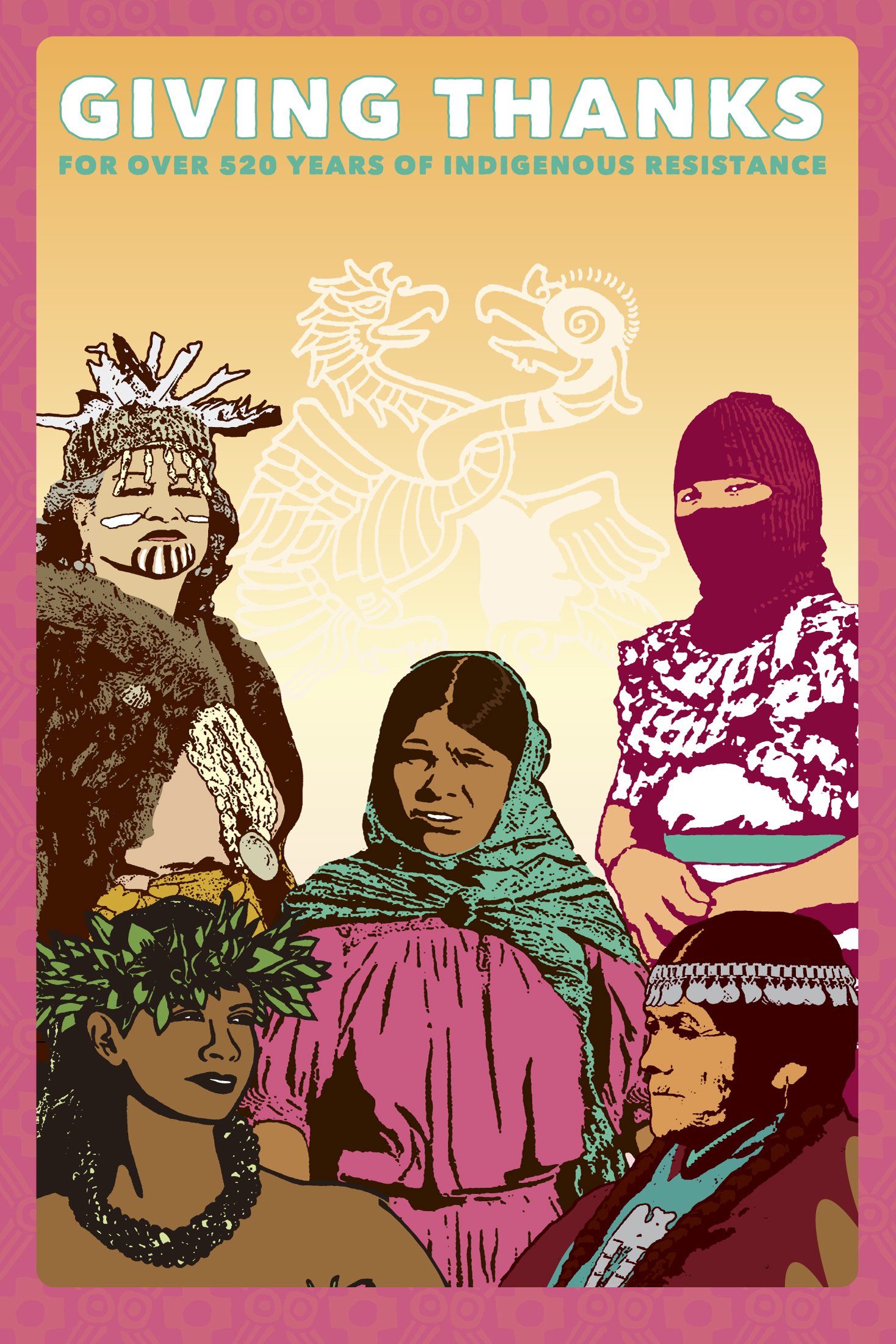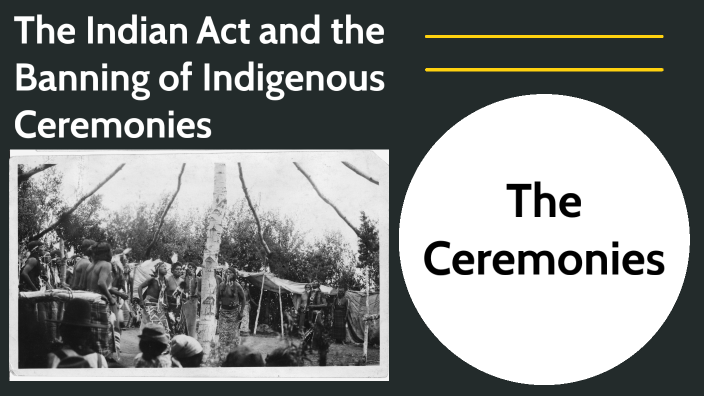The Banning of California’s Indigenous Peoples: A History of Erasure and Resilience
The Banning of California’s Indigenous Peoples: A History of Erasure and Resilience

The history of California’s indigenous tribes is a complex and often painful one. For centuries, these tribes thrived in a diverse landscape, developing rich cultures and traditions. But the arrival of European colonists in the 18th century brought about a dramatic shift, one that resulted in the systematic displacement, dispossession, and suppression of indigenous peoples. This article delves into the dark history of the banning of California’s indigenous tribes, examining the forces that led to their marginalization and the ongoing fight for recognition and self-determination.
A Land of Plenty, a History of Violence:
Related Articles: The Banning of California’s Indigenous Peoples: A History of Erasure and Resilience
- Are There Native American Reservations In Indiana? Uncovering The History Of Indigenous Peoples In The Hoosier State
- Oklahoma’s Tribal Tapestry: A Land Woven With History And Resilience
- Unveiling Indonesia's Economic Future: Recession 2023 Insights
- Unveiling Tennessee's Native American Legacy: Indian Reservations, Culture, and More
- Where In The World Are They? Mapping The American Indian Reservations
Before the arrival of Europeans, California was home to a vibrant tapestry of indigenous cultures. Over 100 distinct tribes, each with their own languages, customs, and ways of life, inhabited the state. They lived in harmony with the land, sustainably managing resources and creating intricate systems of governance. This rich tapestry of life was shattered by the arrival of Spanish colonists in the late 1700s.
The Spanish, driven by a thirst for gold and land, brought with them a brutal colonial system. They established missions, forcibly converting indigenous peoples to Christianity and exploiting their labor. This system, fueled by violence and oppression, decimated indigenous populations through disease, forced labor, and outright massacres.
The Gold Rush: A Catalyst for Destruction:
The discovery of gold in 1848 triggered a massive influx of settlers into California. This influx, known as the Gold Rush, brought with it a wave of violence and displacement for indigenous tribes. The new settlers, driven by greed and a sense of entitlement, saw the land as theirs for the taking. They seized indigenous territories, forcing tribes from their ancestral lands and decimating their way of life.
The California State government, complicit in this dispossession, enacted laws that further marginalized indigenous peoples. The "Indian Act of 1850," for example, declared indigenous tribes "wards of the state," stripping them of their rights and sovereignty. This act, along with other discriminatory policies, paved the way for the systematic removal of indigenous people from their lands and the destruction of their cultures.
Reservations and the Era of Assimilation:
In the face of relentless pressure, some indigenous tribes were forced onto reservations, small parcels of land often deemed undesirable by white settlers. These reservations were intended to be temporary, a way to contain and control indigenous peoples while their cultures were systematically dismantled.
The government implemented policies aimed at assimilating indigenous peoples into white society. This included forced relocation, the suppression of indigenous languages and traditions, and the establishment of boarding schools where children were separated from their families and forced to abandon their cultural identities.

A Legacy of Trauma and Resilience:
The legacy of this period of forced displacement, cultural suppression, and systemic violence continues to impact indigenous communities in California today. The trauma of the past is deeply rooted in the present, manifested in the high rates of poverty, unemployment, and health disparities experienced by many indigenous communities.
However, despite the immense challenges they faced, indigenous tribes in California have shown remarkable resilience. They have fought to preserve their cultures, languages, and traditions, even in the face of relentless pressure to assimilate. They have organized and advocated for their rights, demanding recognition and self-determination.
The Ongoing Struggle for Recognition and Self-Determination:
Today, California’s indigenous tribes continue to fight for recognition and self-determination. They seek to reclaim their sovereignty, heal the wounds of the past, and build a future where their cultures and traditions are celebrated and respected.

This fight takes many forms, including:
- Land Rights: Indigenous tribes are fighting to reclaim ancestral lands that were taken from them. This includes advocating for the return of sacred sites, the restoration of tribal sovereignty over traditional territories, and the protection of natural resources.
- Cultural Preservation: Tribes are working to revitalize their languages, traditions, and ceremonies. This involves creating cultural centers, teaching indigenous languages, and promoting traditional arts and crafts.
- Economic Development: Indigenous tribes are seeking to develop sustainable economies that benefit their communities. This includes pursuing economic opportunities in areas like tourism, gaming, and renewable energy.
- Self-Governance: Tribes are fighting for greater control over their own affairs, including education, health care, and law enforcement. This involves advocating for the recognition of tribal sovereignty and the right to self-governance.

The Future of California’s Indigenous Peoples:
The future of California’s indigenous tribes is uncertain. They face ongoing challenges, including poverty, discrimination, and the impacts of climate change. However, they are also empowered by a growing awareness of their history and a resurgence of cultural pride.
The fight for recognition and self-determination is a long and difficult one, but indigenous communities in California are determined to overcome the challenges they face. They are committed to preserving their cultures, reclaiming their sovereignty, and building a future where their voices are heard and their rights are respected.
FAQ about Banning of California’s Indigenous Peoples:
Q: What is the history of the banning of California’s indigenous tribes?
A: The "banning" of California’s indigenous tribes is a misnomer. It refers to the systematic suppression and displacement of indigenous peoples that began with the arrival of European colonists in the 18th century. This included forced removal from their lands, the destruction of their cultures, and the imposition of assimilation policies.
Q: Why were indigenous tribes targeted?
A: Indigenous tribes were targeted for their land, resources, and cultural differences. Colonists saw their land as valuable for agriculture, mining, and expansion. They also viewed indigenous cultures as inferior and sought to replace them with European values.
Q: What were the main consequences of the banning of indigenous tribes?
A: The consequences were devastating. Indigenous populations were decimated through disease, violence, and forced labor. Their cultures were suppressed, and their languages were lost. They were forced onto reservations, where they faced poverty, discrimination, and the loss of their traditional ways of life.
Q: What is the current status of indigenous tribes in California?
A: Today, California’s indigenous tribes are working to overcome the legacy of the past. They are fighting for recognition, self-determination, and the preservation of their cultures. They are working to reclaim their lands, revitalize their languages, and develop sustainable economies.
Q: What can be done to support indigenous tribes in California?
A: You can support indigenous tribes in California by:
- Learning about their history and culture.
- Supporting indigenous-owned businesses.
- Advocating for policies that protect indigenous rights.
- Donating to organizations that support indigenous communities.
The history of California’s indigenous tribes is a reminder of the importance of recognizing and respecting the rights of all people. It is a story of resilience, perseverance, and the enduring spirit of indigenous communities in the face of adversity.

Closure
Thus, we hope this article has provided valuable insights into The Banning of California’s Indigenous Peoples: A History of Erasure and Resilience. We hope you find this article informative and beneficial. See you in our next article!